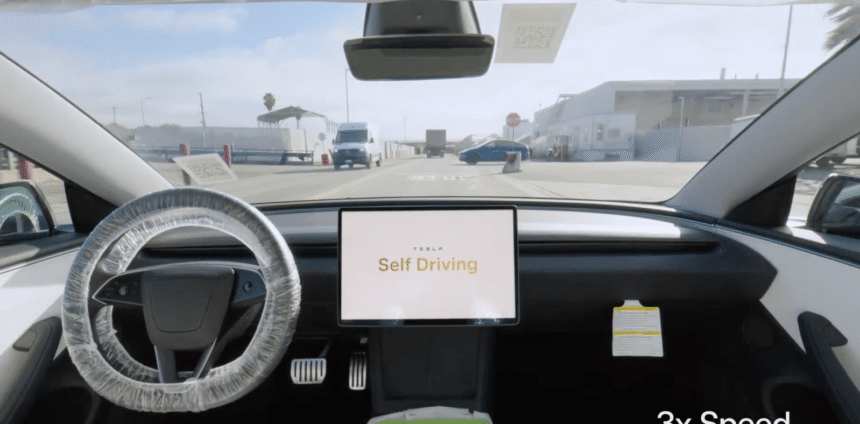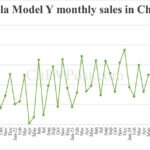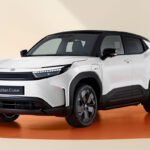Tesla has officially entered the testing phase for its autonomous vehicle service in Austin, Texas, just days before its planned commercial launch. The company has been discussing the launch of a self-driving ride-hailing fleet in Austin for months, with a shift in strategy to operate an internal fleet of vehicles with dedicated software optimized for a specific area of the city. This move marks a departure from Tesla’s previous promise of unsupervised self-driving capabilities in its vehicles.
CEO Elon Musk has been vocal about launching the paid ride-hailing service in June, but there have been concerns about the readiness of Tesla’s system. It was only at the end of May that Tesla started testing the system without safety drivers, unlike Waymo, which tested its system for a year before launching its service in Austin earlier this year.
Tesla has recently been added to the list of known autonomous vehicle operators in Austin, indicating that the company is now in the testing phase. This development raises questions about the readiness of Tesla’s self-driving technology and whether it can successfully transition to the deployment phase, where paid rides can be accepted from customers.
It remains to be seen if Tesla can meet its goal of launching the service by the end of June. There are concerns about the safety and reliability of Tesla’s Full Self-Driving (FSD) system, especially in a driverless setting. The use of teleoperation may help mitigate risks, but any delays or technical issues could still pose a danger to passengers and other road users.
Overall, the launch of Tesla’s autonomous ride-hailing service in Austin represents a significant milestone for the company, but there are lingering concerns about the technology’s readiness and safety. It will be crucial for Tesla to address these issues before moving forward with the commercial launch of its self-driving service.







